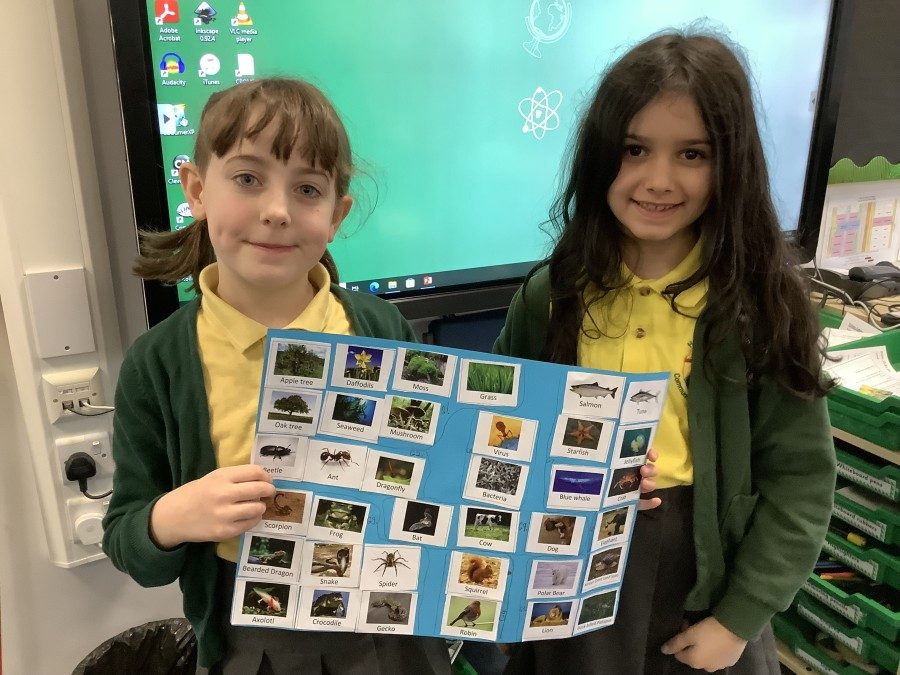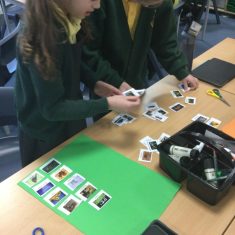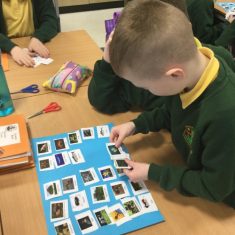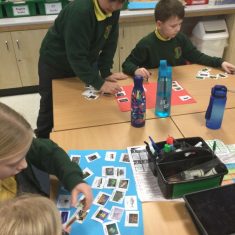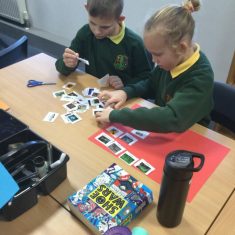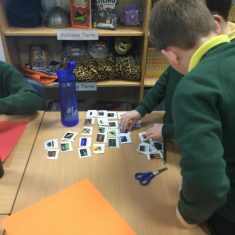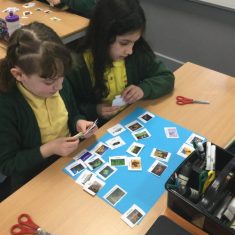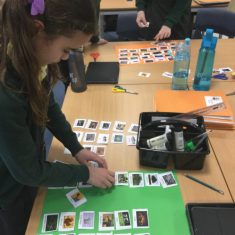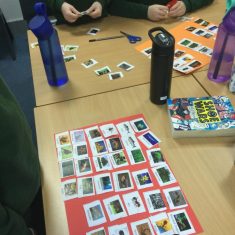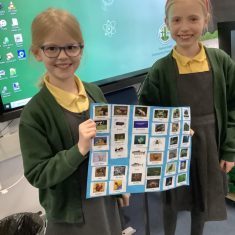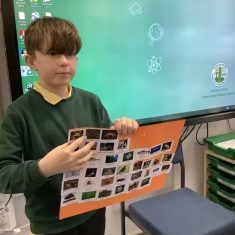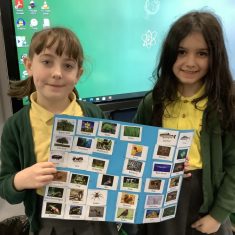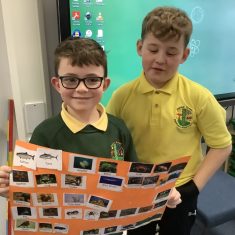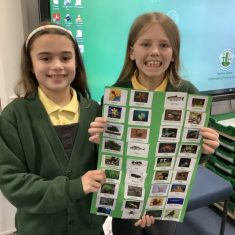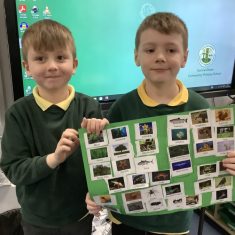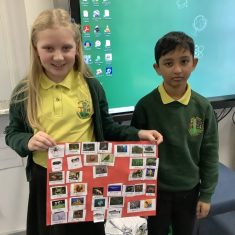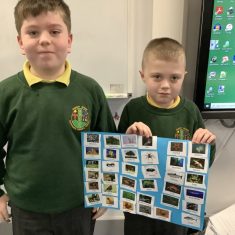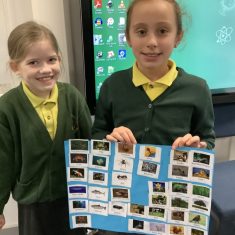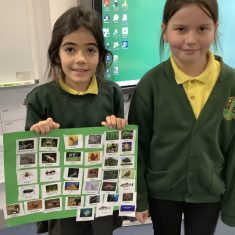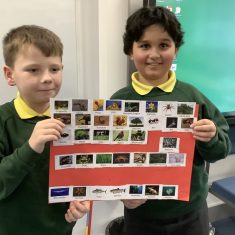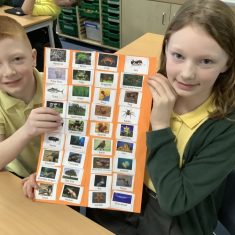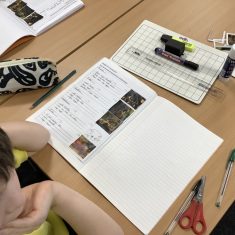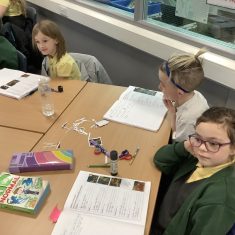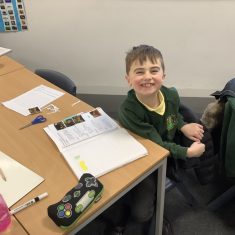Year 4 have begun their new science topic about living things. They have learnt about the 7 life processes that are used to identify something as a living thing: movement, respiration, sensitivity, nutrition, excretion, reproduction and growth. Using their existing knowledge, and the visible characteristic shown in pictures, the children put a variety of living things into groups of their own choice. They then had the chance to present their ideas in front of the class. The children then learnt about the scientific groups for animals and that they are firstly divided into vertebrates (animals with a backbone) and invertebrates (animals without a backbone). After this, the children described the characteristics of the 5 vertebrate groups: mammals, birds, fish, reptiles and amphibians. The children already had a lot of knowledge about these animals, but have hopefully learnt many new facts. A fact that particularly interested the children was that a Duckbilled Platypus is a mammal that lays eggs.
Article 28 – We all have the right to a good quality education.
